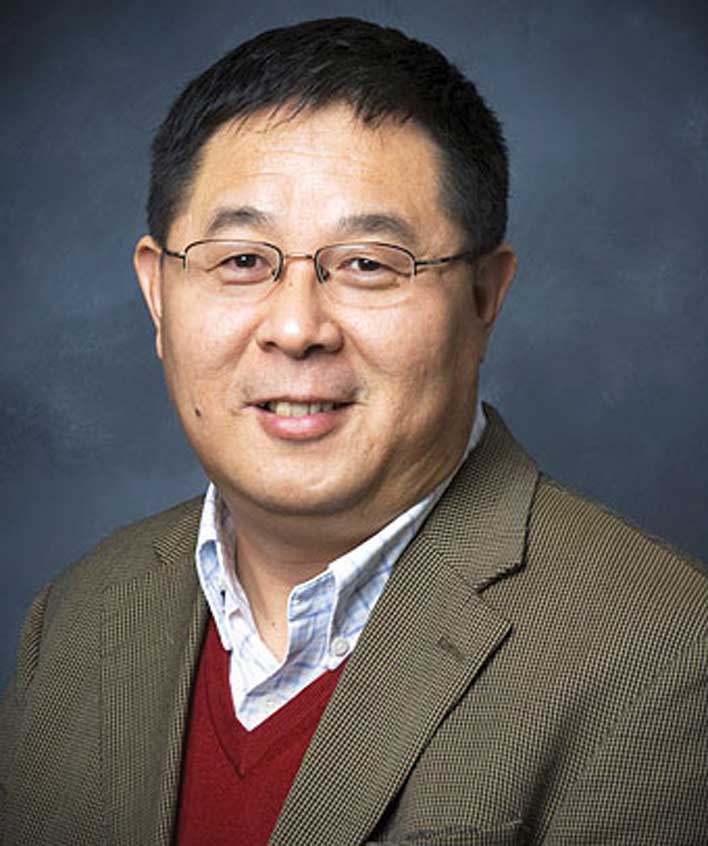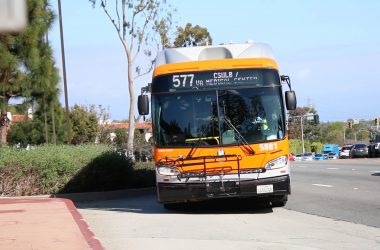Two Cal State Long Beach assistant professors recently received CAREER Research awards from the National Science Foundation (NSF) for their on-campus research.
The award grants them a total of more than $1 million for research.
Assistant chemistry professor Xianhui Bu received $597,707 for his 5-year project that, according to a prepared statement, considers potential uses of porous materials as absorbents in hydrogen storage and an ion-bonding process called carbon dioxide sequestration.
According to Bu, these porous materials can be compared to a sponge. The materials can absorb gases, such as hydrogen gas or carbon dioxide the same way a sponge can absorb water.
Ultimately, Bu hopes to use the material in place of gas cyclinders.
“The purpose [of] absorb[ing] carbon dioxide is to help prevent its release into the atmosphere. Hydrogen gas can function like gasoline because we can burn it to produce energy for use such as in hydrogen car,” Bu said in an e-mail. “However, instead of carrying a compressed gas cylinder, it would be nice to have a sponge-like material that can hold hydrogen. So the sponge-like material would be similar to a gas tank in the car.”
Assistant physics professor Thomas Gredig and his lab received a grant of $449,871, to be distributed over five years, for their work on material science for use in the search for organic semiconductors, a poorly conducting material, that can later be used as solar cells.
His project is called “Morphology Control to Build 3-D Magnetic Nanostructures and Tune Organic Solar Cell.”
“We have quantified the grain morphology of organic semiconductors. Previously scientists have looked at thin films (few molecules stacked on top of each other) of organic semiconductors and estimated their size. We have measured exactly how big these grain surfaces are,” Gredig said.
He said that before, researchers knew how to change the morphology but couldn’t actually measure them accurately. His team is also examining the distribution of the grain shapes.
Gredig said he hopes to help his students and the funding of his exhibit at the CSULB Science Learning Center.
“My aim is to help students advance and achieve their goals in terms of either entering a Ph.D. program to continue fundamental research in areas of thin film solar-cells and related projects involving organic semiconductors or jobs that require this kind of background,” Gredig said. “As part of this project we would also like to expand and develop our exhibit at the museum here at campus.”
Bu said he plans to fund a principal investigator (PI) in the design of research activities in solid state and materials chemistry to train students in order to help them participate in publications and scholarly presentations.
“Because a large fraction of students in the PI’s university and laboratory are from underrepresented groups, the program will broaden the participation of these students and promote diversity in solid state and materials research” Bu said.
The NSF CAREER Research Award is awarded to “junior faculty who exemplify the role of teacher-scholars through outstanding research, excellent education and the integration of education and research within the context of the mission of their organizations,” according to NSF’s website.
NSF is an independent federal agency with a budget of $6.4 billion in 2008. They are the source of funding for approximately 20 percent of all federally supported basic research conducted by U.S. colleges and universities, according to its website.




